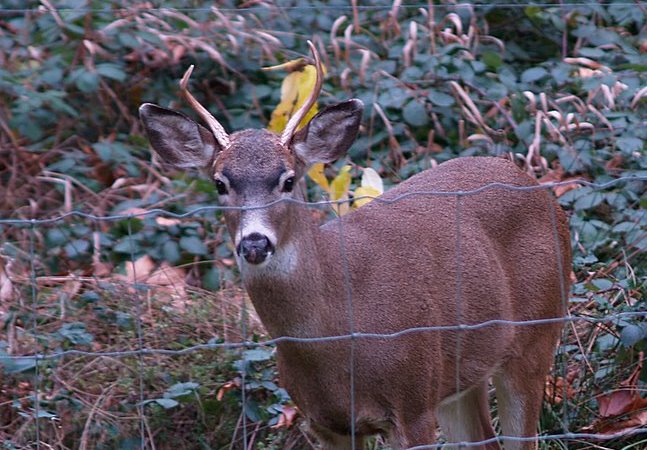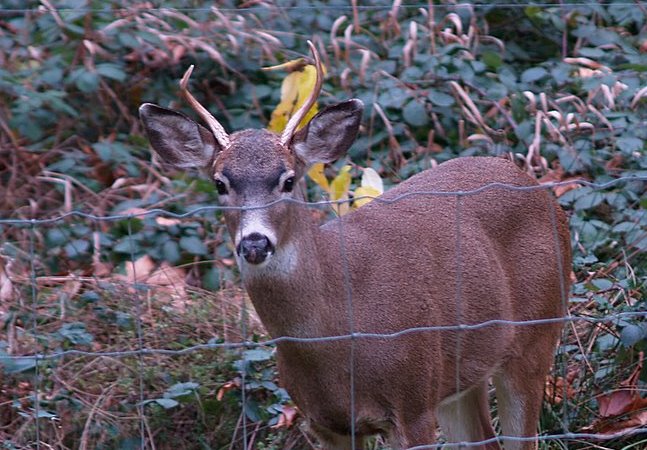White-tailed deer hunting in Texas is a big deal, so it should come as no surprise that hunters get real passionate about their hunting down in the Lone Star State. One of the longest, on-going debates continues to be the shooting and/or culling of spike bucks. Spikes are bucks that have only a single, unbranched antler on each side of their head.
Research has found that most spikes are 1.5 year old bucks. So, should spike bucks be shot? It depends. Research has found conflicting results and many experts suggest that even the research may have to be thrown out the window when talking about specific properties. Many agree that yearling (1.5 year old deer) spikes should not be shot.
And this is easy to justify because in dry years a a good number of yearling bucks are spikes. Nutrition does play a role, but those same deer may “rebound” the following year into 8 point bucks. If a land manager wants more mature bucks or has a low buck to doe ratio, then shooting any buck may be a bad idea.
Trying to kill every spike in some years may remove a whole age class or cohort of deer off a property. It may be better to cull bucks in later years when you can see another set of antlers and gather additional “data.”
On the other hand, I’ve looked at the research conducted by Texas Parks and Wildlife Department (TPWD) at the Kerr Wildlife Management Area (WMA). The data shows that some spikes can be good bucks, but as a rule of thumb spike-antlered yearlings are inferior to yearling bucks with branched antlers. TPWD did not conclude that every spike should be shot, but merely that they should be harvested if removing inferior antler traits from a deer herd was desired.
Regardless of how you feel about the spike debate, I think you should weigh both options before jumping off into some kind of shoot-first ask questions later kind of deer management program. I can see situations where shooting spikes would be the right thing to do or the wrong thing to do depending on the long-term management goals of the property owner.


If you want to manage for bucks who tend to grow big antlers (trophy deer) the Kerr Wildlife study clearly recommends culling the yearling spikes as they rarely (seldom) develop superior racks. The caveat was that in poor nutrition years, the superior antler genes may not show well. In poor nutrition years it’s harder to tell a cull from promising buck, so cull hard in good nutrition years when the good bucks stand out and the sorry bucks next to them really look inferior. The smaller bucks started out as yearling spikes.
The study recommends culling yearling spikes, and for better faster concentration of good (big antler) genes, cull everything that is not at least a yearling 4 pointer. Considering that lease managers emphasize heavy year round protein feeding, why would we pour that protein ($$ and work) into yearling spikes and 2 and 3 year old sorry antlered bucks that were once yearling spikes? Nip the dikes as yearlings so they don’t compete with the better bucks and pass on inferior antler traits.
I hunt a lease where there are no spikes, as the spike genes were killed out several years ago. And the buck-doe ratio is 1 to 1. No protein feeding either. We don’t see tons of bucks, but the mature bucks all make your eyes bug out. We generally see trophy bucks when our bucks reach maturity. We are located in the Hilll Country. Read the Kerr study, follow the recommendations and see your big-antlered bucks.